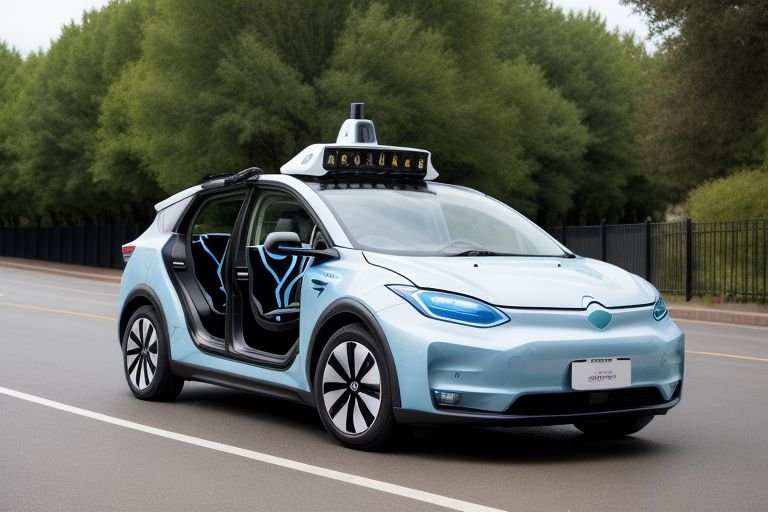The future of transportation is increasingly becoming electric and autonomous, signaling a significant shift from traditional gasoline-powered vehicles and human-operated driving. This transformation is driven by advancements in technology, increasing environmental concerns, and changing consumer preferences. Here’s a comprehensive look into how electric vehicles (EVs) and autonomous driving are shaping the future of transportation.
Electric Vehicles (EVs)
Electric vehicles are at the forefront of the transformation in the transportation sector, primarily due to their environmental benefits, such as reducing emissions that contribute to climate change and air pollution. Here’s why EVs are becoming more prevalent:
- Technological Advancements: Improvements in battery technology have significantly reduced the cost of EVs while increasing their range and performance. Developments in charging infrastructure are also making EVs more accessible and convenient for the average consumer.
- Government Policies and Incentives: Many governments worldwide are offering incentives for EV purchases and installing charging infrastructure, which are crucial steps toward achieving their climate goals.
- Consumer Awareness and Preferences: As awareness about environmental issues grows, consumers are increasingly preferring sustainable and eco-friendly transportation options.
- Economic Benefits: The total cost of ownership of EVs is gradually becoming competitive with traditional vehicles, thanks to lower operating and maintenance costs.
Autonomous Driving
Autonomous or self-driving vehicles represent another revolutionary aspect of the future of transportation. Here are the key factors driving the development of autonomous vehicles:
- Safety Improvements: Autonomous vehicles promise to reduce accidents caused by human error, which accounts for a significant percentage of all traffic accidents. Advanced sensors, cameras, and AI algorithms enable these vehicles to make safer and more efficient driving decisions.
- Efficiency and Convenience: Autonomous vehicles can optimize routes, reduce traffic congestion, and provide mobility for those unable to drive, such as the elderly and disabled. They also offer the potential for more efficient use of time during commutes.
- Technological Progress: Rapid advancements in artificial intelligence, machine learning, and sensor technology are making autonomous vehicles more feasible and reliable.
- Regulatory Support and Challenges: The development and deployment of autonomous vehicles are heavily influenced by regulatory frameworks, which are still evolving. Governments are working to establish regulations that ensure safety while fostering innovation.
Integration Challenges and Opportunities
Integrating electric and autonomous technologies presents both challenges and opportunities. Infrastructure development, such as charging stations and communication networks for autonomous vehicles, requires substantial investment. Moreover, there are concerns about cybersecurity, data privacy, and the impact on employment in driving professions.
However, the integration of EVs and autonomous driving also offers vast opportunities. It could lead to more sustainable urban planning, new business models (e.g., mobility as a service), and significant improvements in traffic management and environmental conservation.
Conclusion
The future of transportation is undoubtedly electric and autonomous. While there are challenges to overcome, the potential benefits of this transformation in terms of safety, efficiency, and environmental impact are immense. As technology continues to advance and societal acceptance grows, the transition to electric and autonomous vehicles will likely accelerate, reshaping our transportation systems and our daily lives in profound ways.



